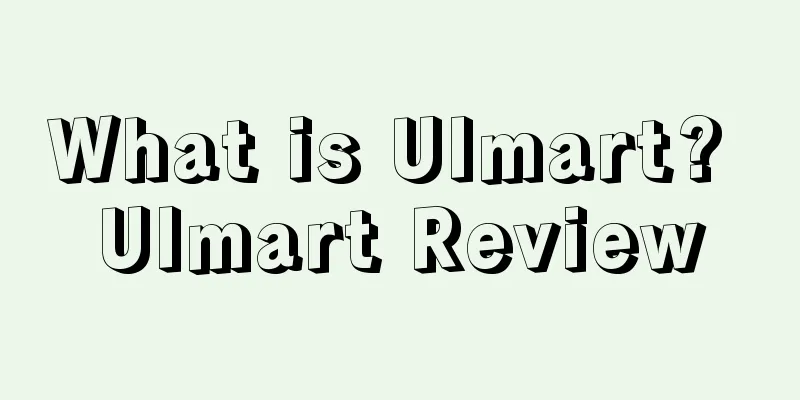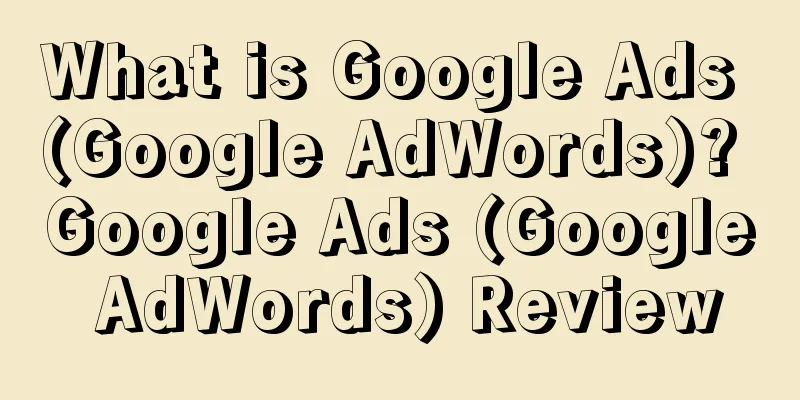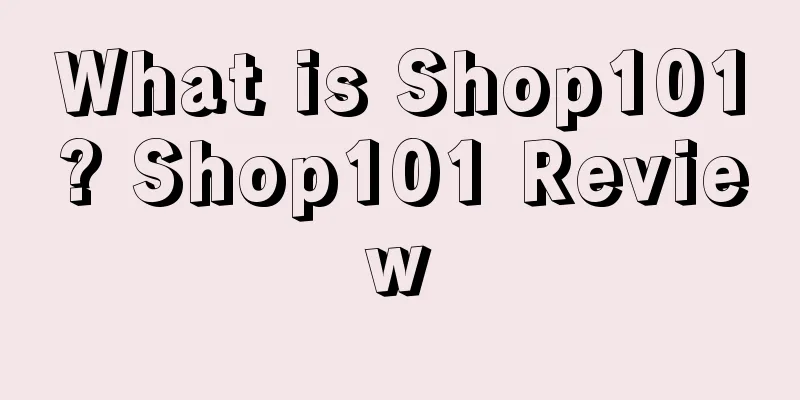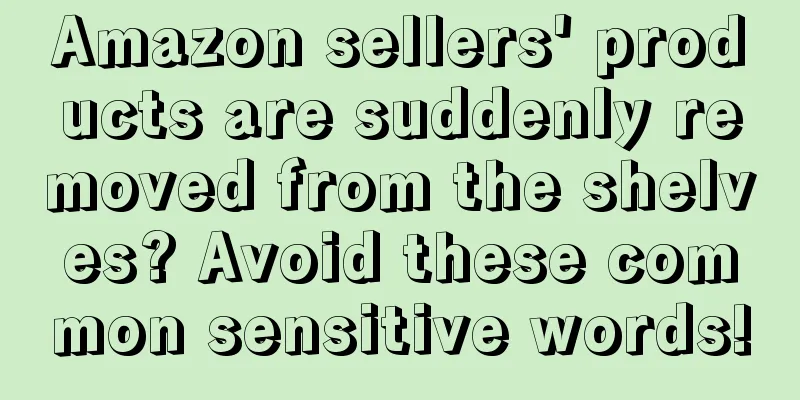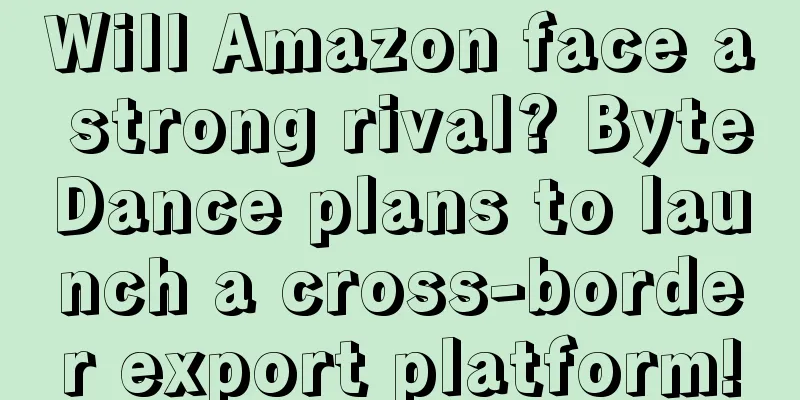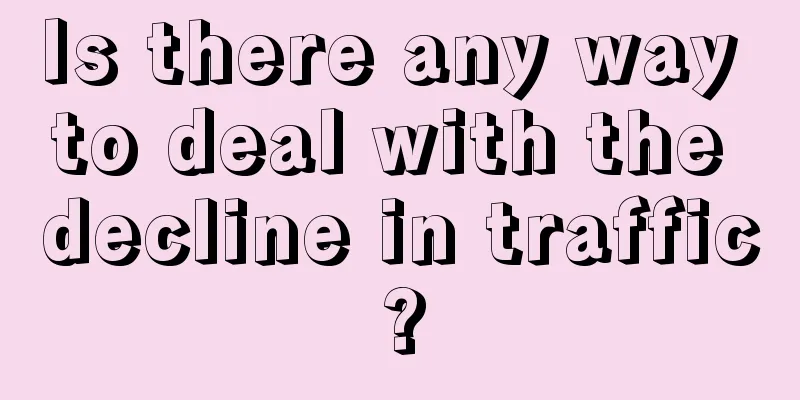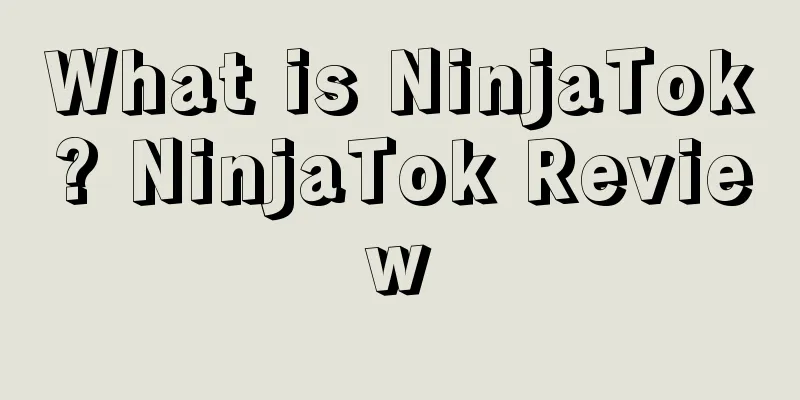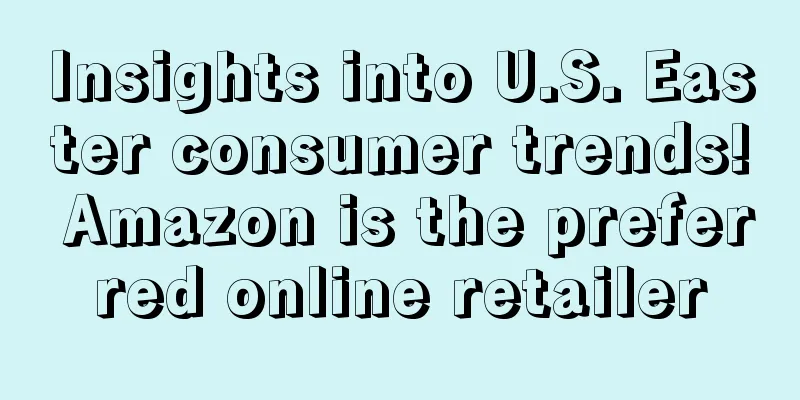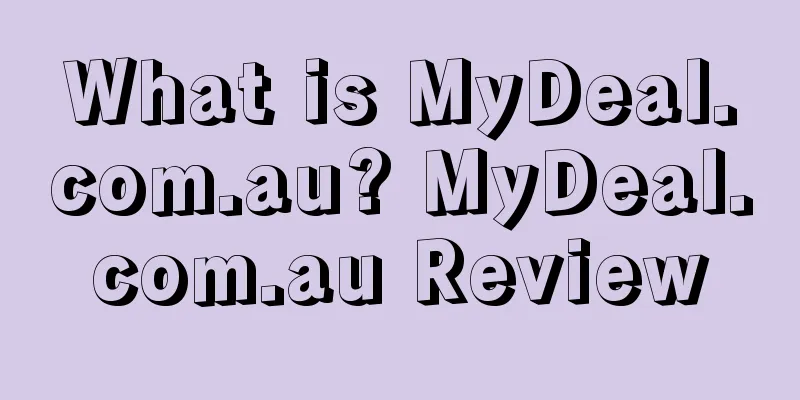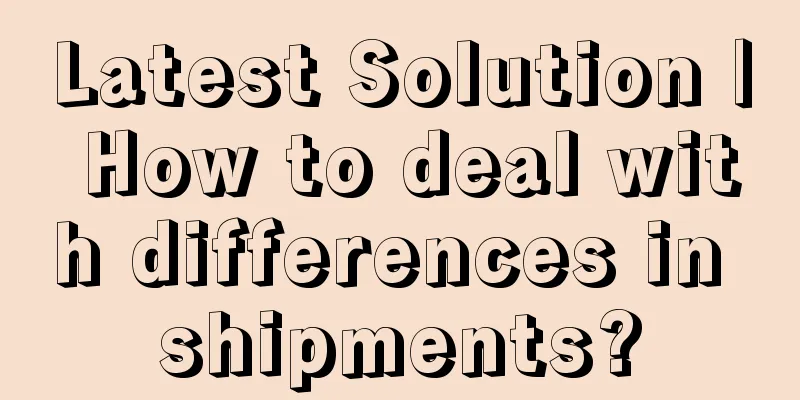Welcome series of emails written like this, subscribers can become e-commerce buyers!
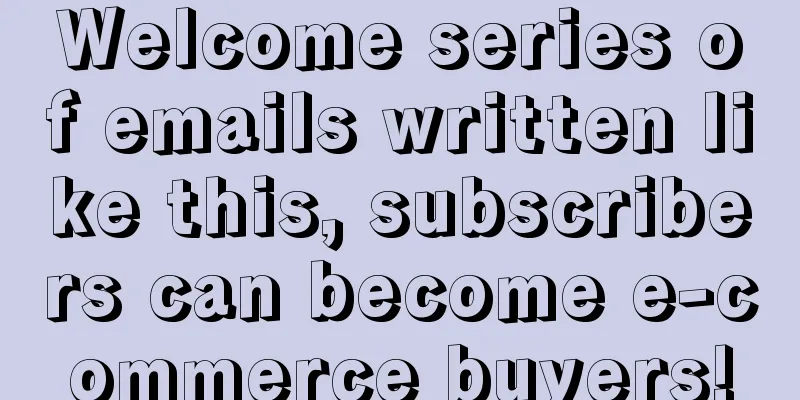
|
For businesses and email marketers, creating a dynamic and effective welcome email series is a critical first step to attract and retain users. Welcome email series is your first real interaction with many potential users. They may have seen your Facebook ads or browsed your website, but many of them still don’t know what distinguishes you from your competitors. A good welcome email series can effectively convey your message, so what should it mainly include? Before you can send a welcome email series, you need to have an email list. Most e-commerce businesses use two basic methods to get emails from users : 1. Relying on users to keep scrolling down the website and eventually enter contact information; 2. Allow visitors to subscribe to emails directly in the form of pop-up windows. Obviously, pop-ups will have a higher conversion rate . Here are two examples of pop-ups: The first is a standard newsletter subscription popup, and the second is a non-traditional version of the popup. While they both try to achieve the same goal, if you want to create a highly successful subscription popup, then you should pay attention to the following points: 1. Title text Pop-ups are very common nowadays. To make your pop-up stand out, you need a title that will interest visitors enough to not close your pop-up silently. Using a boring title like “Sign Up for Updates!” will not make the pop-up stand out. 2. CTA Button CTA buttons with text like “Subscribe” or “Submit” are pretty boring. While the text in the second CTA button above won’t work for every business, it’s a great example of a button that makes users want to press, in part because it’s written in the first person and mentions a gift for signing up. 3. Rewards In the pop-up example above, the second one will have a better conversion rate than the first one because it tells users exactly what kind of rewards they will get for signing up. Sellers can also offer a 10% discount on the first order or give away gifts, which is a method used by most brands. Once you’ve created your email list, it’s time to start sending your welcome email series. But what should you send? Email 1 in a series: Write to the point, give gifts and discounts When people opt in to your emails by seeing a reward on a pop-up, they don’t want to see a long rant about your company in a follow-up email. They want a gift, a discount, so give it to them in your welcome email. You can highlight the coupon code you’re giving away, and end with a short thank you/welcome note to keep the subscriber. *Note : It is best to set the coupon code to expire within 2-14 days and let the buyer know this. This will help give the buyer a sense of urgency and encourage users to convert and purchase. Additionally, make sure your coupon code is in text, not just an image, so it can be easily copied to a mobile device. Email 2 in the series: Company background The first email needs to be brief and give potential buyers a little benefit, quickly introducing yourself while offering an incentive discount code. Now, the second email can take the time to provide background information about your company and formally welcome users to subscribe. You can use the second email to highlight the selling points of your product or service and establish a unique brand personality. So what do sellers need to do? If someone clicks on your website, subscribes to your email list, receives a discount code, and immediately purchases a product, should you follow up with a welcome email series? Of course not. These irrelevant emails can turn off your users and make your company look unprofessional, jeopardizing their trust and loyalty. Sellers need to use as few emails as possible to attract their attention. It is important to convey your brand values and product selling points. Most email service providers (ESPs) have intuitive filters that make it easy to filter buyers from receiving follow-up welcome emails. The following example uses the email marketing tool Klaviyo, but other e-commerce ESP email marketing services have similar features: By segmenting the audience using the “ordered” metric after the second email, you can filter out users who have already placed an order when the welcome email series is sent. This process is repeated for the next two emails: This conditional logic is easy to implement in email series and helps keep the emails relevant to the recipients. Email Series #3: Social Proof If a subscriber hasn’t purchased after receiving the first two emails in your series, you may want to continue convincing them to buy, and what’s more persuasive than existing customers? So your third email could showcase some of your best reviews, including a star product or multiple products in the series. Don’t just focus on the star rating of the review here, focus on the content of the review. Try to highlight reviews that show how your product helped solve a specific user problem or outperformed a competitor. If the reviewer attached a photo to their review, include it in your email so that your email subscribers can see how they used your product. You can also include a clear CTA button in your email that can link directly to the featured product page. Email Series No. 4: Product Advantages + Urgency If after the first three emails, the user hasn’t taken action, then you need to further convince them to buy. You can use the fourth email to highlight and describe your best-selling products. You can include high-quality photos, clear CTAs, and remind subscribers how much the discount is, but the discount will expire soon. Creating a sense of urgency is a great way to push potential buyers who are still hesitant to take action. Email 5 in a Series: Push, Push, Push Now comes the moment of truth. Your new subscriber has received the first 4 emails and still hasn’t responded, so what now? You let them know that the discount will expire in a few hours. You can use phrases that create a sense of urgency, such as “don’t be left behind,” “you’re missing out,” “your last chance at a great deal,” etc., while emphasizing that the coupon is about to expire, but don’t forget that an expired coupon means that the product has not been sold. Remind subscribers of what makes your product unique. If you have a warranty or a no-questions-asked return policy, mention it in your emails. Perceived risk is one of the key factors that prevent people from buying products, so sellers need to eliminate this common barrier to purchase. Summarize Content, subject line, email frequency, CTA buttons, and discounted products are all important factors that affect the effectiveness of email series, so sellers should continue to test to understand which strategy is most effective. There is no one-size-fits-all strategy for email marketing, but by following the steps in this article, you will be able to create welcome emails that convert new subscribers into real buyers. Text✎ Fang Xiaoling/ Statement: When reprinting this article, the title and original text must not be modified, and the source and original link must be retained. |
<<: Introduction to different types of Amazon accounts
>>: Detailed explanation of Amazon store opening costs
Recommend
What is social commerce? Social commerce review
Social commerce is a new derivative model of e-com...
What is the Finger Monkey Infringement Incident? Finger Monkey Infringement Incident Review
Fingerlings is a touch-controlled smart toy that c...
What is Kuaixintong? Kuaixintong Review
KuaXinTong (Shenzhen KuaXinTong Consulting Service...
Seller orders plummet! The United States plans to distribute hundreds of billions of cash
Yesterday, Amazon suddenly announced that it woul...
Do you know? This is how to write efficient and high-converting Amazon product descriptions!
If you can get buyers to find you among many comp...
Shopify adds new payment terms for draft orders
It is learned that recently, Shopify officially an...
What is Kunxin International? Kunxin International Review
Kunxin International (Shenzhen Kunxin Internationa...
Caught off guard! All export goods were stopped from loading, and a large number of FBA goods were abandoned
Recently, the international logistics situation ha...
The training fee is tens of thousands, and many batches of students have been deceived! How does this service provider make so much money?
According to some training institutions, Amazon is...
Big news! New changes have taken place in Amazon's delivery process!
The express delivery giant UPS will launch a natio...
Amazon is trying to rebuild its reputation by raising wages and supporting small and medium-sized enterprises
It is learned that when Amazon released its third-...
At 7pm on November 7th! Walmart will fire the first shot of Black Friday!
<span data-docs-delta="[[20,"获悉,沃尔玛将于11月的每...
What is InventoryLab? InventoryLab Review
InventoryLab is a cloud-based solution for Amazon ...
Amazon categories have been modified, and sellers’ commissions have skyrocketed!
Recently, there has been a hot topic among Amazon ...
The latest online shopping trends among American consumers! 96% of people value free shipping!
<span data-shimo-docs="[[20,"获悉,据报道,近日Adta...
